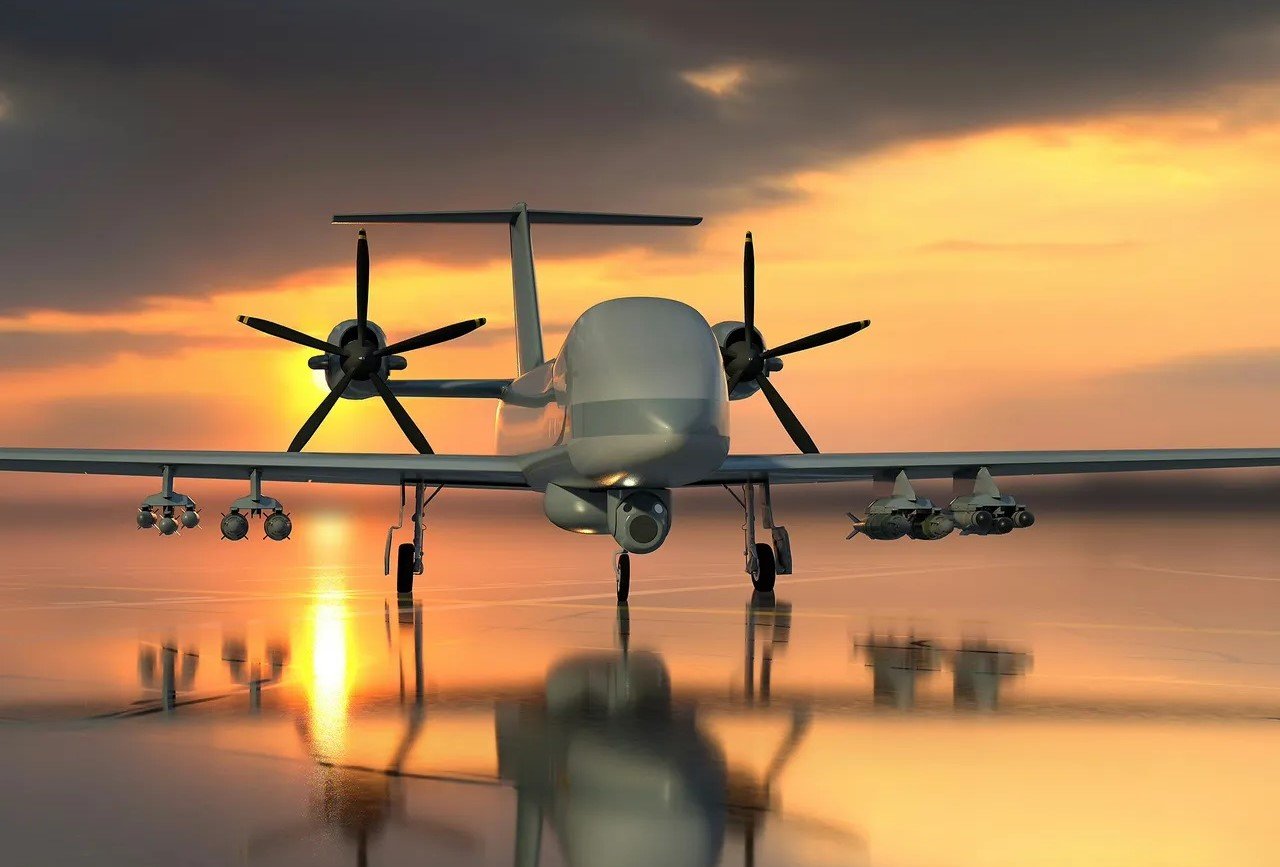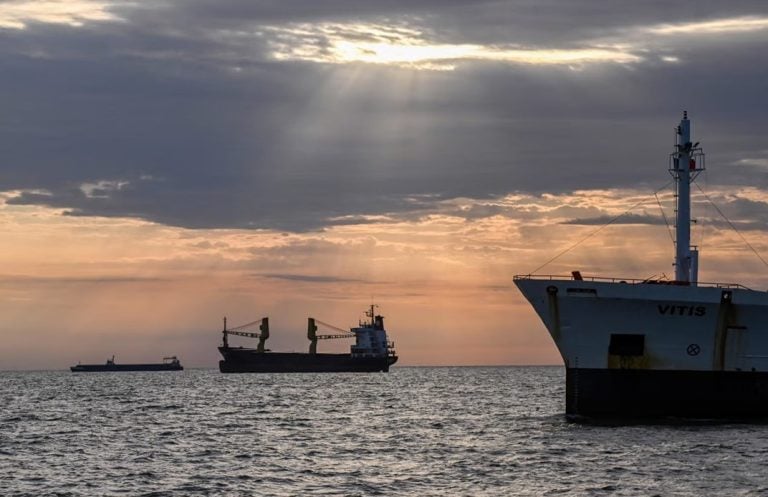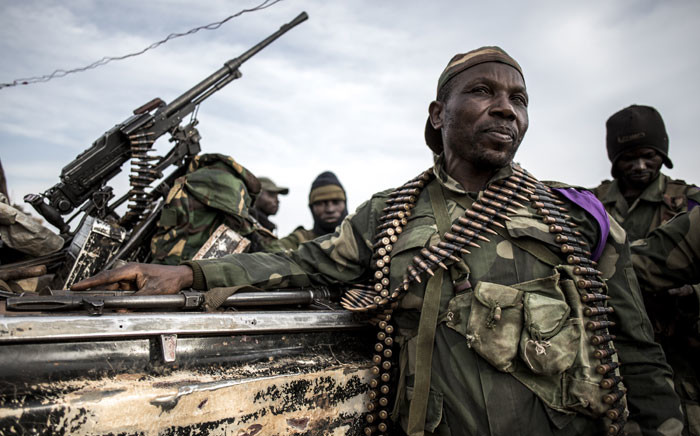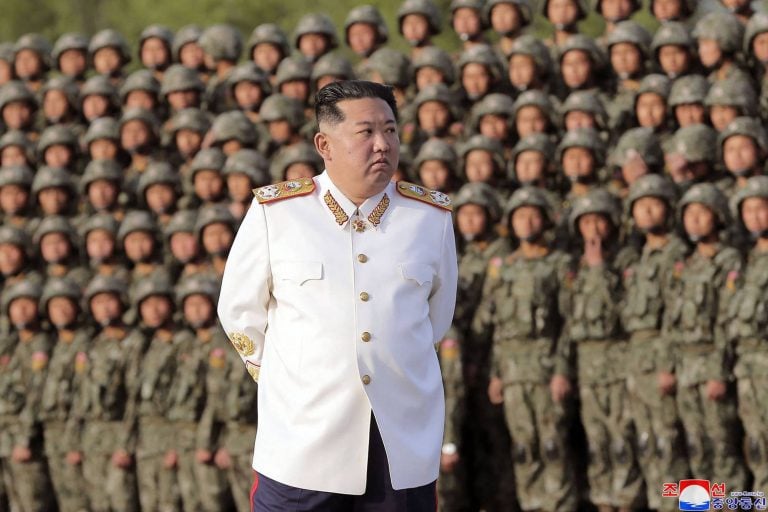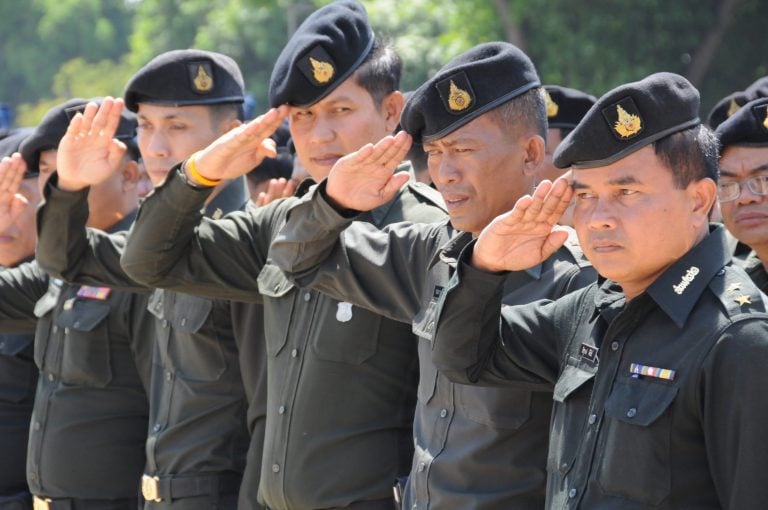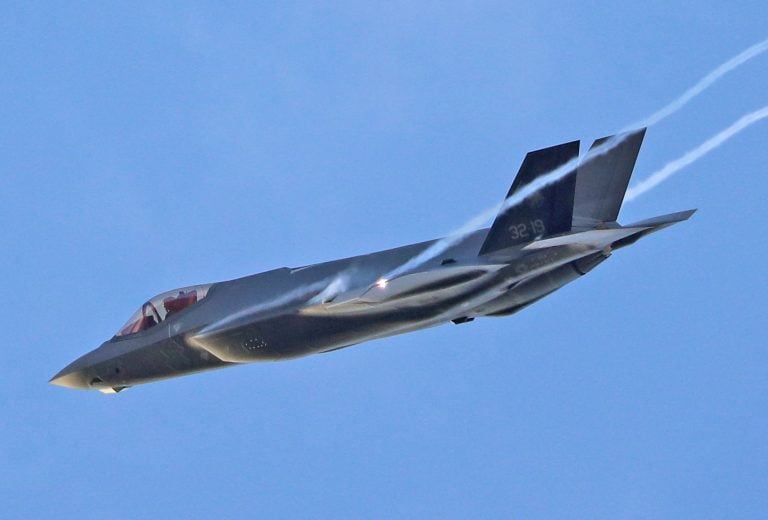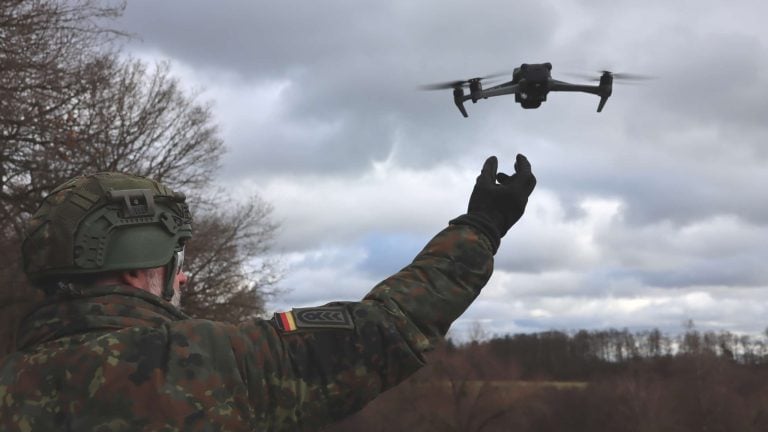The Eurodrone program has successfully completed its critical design review, a significant milestone that confirms the structural, electronic, and functional maturity of Europe’s forthcoming medium-altitude, long-endurance (MALE) remotely piloted aircraft system (RPAS). With this design phase now concluded, the program is poised to move forward into prototype production and ground testing, paving the way for the drone’s inaugural flight.
Developed and produced by Airbus Defence and Space in collaboration with Leonardo and Dassault Aviation, the Eurodrone is a joint effort involving Germany, France, Italy, and Spain. The platform boasts an open architecture that integrates advanced technologies to facilitate secure data exchange and interoperability with existing mission systems. Equipped with sophisticated sensor suites, the aircraft is designed to support a payload capacity of 2.3 tonnes, ensuring an endurance of approximately 40 hours during operations. Furthermore, its design adheres to the highest airworthiness and safety standards, allowing it to operate within civilian airspace.
The Organisation for Joint Armament Cooperation has emphasized that through its combination of advanced avionics, resilient navigation, and open architecture, the Eurodrone establishes a new benchmark in terms of performance, interoperability, and future growth potential.
However, this milestone has been overshadowed by France’s decision to withdraw from the Eurodrone program. The withdrawal stems from France’s ongoing concerns about escalating costs, delays, and the aircraft’s operational suitability. As a founding member of the initiative, France has assessed that the Eurodrone could potentially weigh nearly double that of the US MQ-9 Reaper, a factor that significantly affects both its performance capabilities and cost efficiency.
Currently, the Eurodrone project is running approximately four years behind its schedule, with entry into service now anticipated no sooner than 2030. In light of this, France intends to refocus its financial and industrial resources towards more urgent defense projects, notably the sixth-generation Future Combat Air System program. Alongside this, the nation aims to create more agile and cost-effective remotely piloted aircraft systems to address capability gaps in unmanned surveillance and light-attack operations.
To achieve this, the French defence procurement agency has engaged five domestic companies to develop demonstrators for these new capabilities. These future platforms are expected to draw on lessons learned from the ongoing conflict in Ukraine, featuring low-cost designs capable of long-endurance missions at medium altitudes, flexible in performing multiple roles, and resilient against electronic jamming threats.
